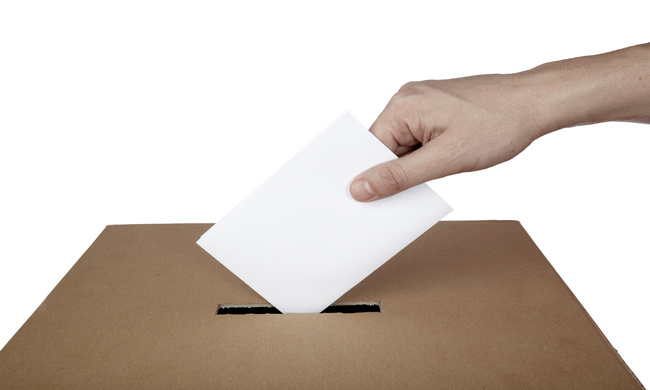This essay was first published in the March 12, 2024 Epoch Times.
The first installment in this series outlined the Constitution’s design for elections. It explained that the document left the state legislatures to govern state elections, most aspects of presidential elections, and campaign conduct in all elections.
The Constitution granted initial responsibility for congressional contests to the state legislatures. But Congress could override most state laws on that subject.
The Founders also had some views and assumptions about voters and voting. In their view, voting was not a natural right, like freedom of religion or the right to keep and bear arms. It was a privilege—an entitlement created by government. It was not a casual entitlement, but a treasured one, like trial by jury and the writ of habeas corpus.
During the Founding era, voter suffrage in America probably was more widespread than it ever had been before. (“Suffrage” as nothing to do with suffering; it comes from the Latin suffragium, meaning the voting privilege.) Still, few if any Founders thought everyone should vote. In their view, a practical republican government required decision makers who were rooted in their communities and could exercise independent judgment.
To ensure that voters were rooted in their communities, Founding-era legislatures often imposed requirements that one dwell in a district for some time or own property there.
As for independence: It was a key founding-era value. It meant being free to exercise one’s own judgment. A person who was dependent on others did not really have the freedom to make his own choices; his vote would just mimic the desires of his masters.
To ensure independent voters, most states required that voters pay taxes or have a minimal amount of property.
By the same reasoning, slaves were denied the vote. But free African Americans were in a different category, and enjoyed suffrage in at least five states.
In the Founders’ time, most household labor-saving products and modern methods of birth control had not been invented. Thus, most women were heavily dependent on their fathers and husbands. Moreover, their constant work and their relatively short life spans (women died younger than men) left them little time to become informed about politics. Thus, most states limited suffrage to men. This was not invariably true, however. Some women voted without legal sanction and female heads-of-households enjoyed legal suffrage in New Jersey.
Modern writers often attack these limitations on suffrage as “undemocratic.” To some extent that charge is valid. On the other hand, these limitations reflect two important insights: First, placing some limits on democracy is necessary for democracy to work. (That’s why we have a Bill of Rights.) Second, ensuring that voters are engaged, independent decision makers improves the workings of government. And it reduces the chances of government being led by demagogues, who rule by inflaming the passions of the ignorant, the desperate, and the insouciant.
Five Amendments Affecting Elections
The 12th amendment reformed some aspects of the presidential election process. It was ratified in 1804, when many in the founding generation were still at the helm of government.
The 12th amendment’s most significant change was reforming the presidential election system so that electors voted separately for president and vice president.
It has been widely assumed that the 12th amendment replaced presidential elector discretion with prior instruction, but this is not true. Those who adopted the amendment did not intend to change the rule that presidential electors should apply independent judgment in voting for president.
The 14th amendment was adopted in 1868. Its Section 2 sought to discourage state disenfranchisement of African Americans and other minorities. It reduced a state’s representation in Congress if the state denied the vote to any significant part of the male population over 21 years old. Section 2 has never been used.
The 15th amendment, ratified in 1870, addressed suffrage more directly. It provided that the right to vote “shall not be denied or abridged by the United States or by any State on account of race, color, or previous condition of servitude.” It also gave Congress authority to enforce this rule.
The 17th amendment, ratified in 1913, transferred election of U.S. Senators from the state legislatures to the people. As I explained in an earlier column, this was an overwhelming public response to serious problems that had arisen in the legislative-election system—it was not merely a “progressive” measure. As I also explained, the alleged effects of the 17th amendment on the federal system have been exaggerated.
One of the great achievements of 19th century capitalism was the development of the labor-saving techniques and medical advances that emancipated women and prolonged their lives. This was one reason state after state granted women the franchise. The 19th amendment, adopted in 1920, made this a national rule.
In the next installment: More federal power, more voting by dependents.








